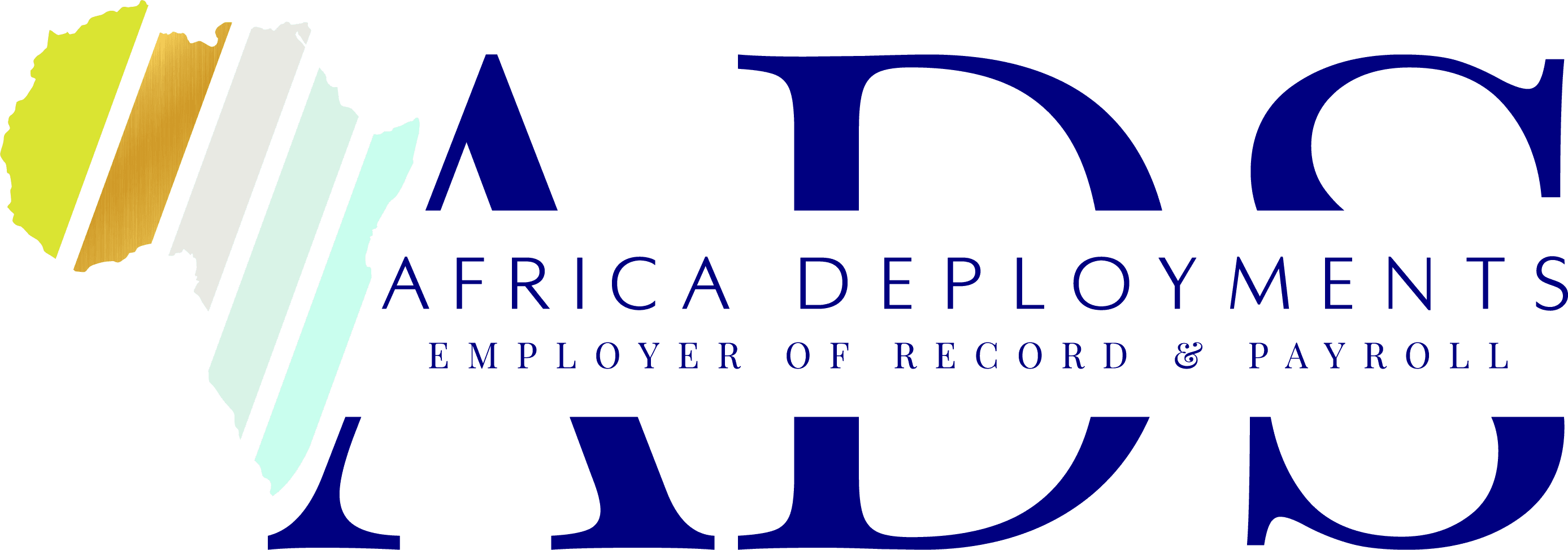
Unlocking the Zambian and DR Congo Copperbelts Major Bilateral Logistics Initiatives
africa mining employer of record
First-hand experience of a major border crossing…
The client’s instructions were very clear. My colleague, Duncan and I were to walk through the Zambia–DR Congo border crossing at Kasumbalesa, and report on the problems we encountered. The client wanted an account of the “real” situation.
Kasumbalesa is the main border post between the Zambian and DR Congo Copperbelts, and is extremely busy. It is reported that up to 1 400 vehicles pass through per day, both ways. Waiting time is often over a day even if all documentation is correct.
On the day of our entry into the DR Congo, the line of heavy vehicles waiting to cross from the Zambian side was kilometres long. The situation was far less onerous for pedestrians however. The Zambians only required that we show our passports and fill in our personal details in a large exercise book.
It was a very different story on the Congolese side. We had just stepped into DRC territory when four youths in ragged soccer jerseys swamped us, offering their ‘facilitation’ services in a particularly forceful way. I pointed to the new customs and immigration building which a foreign donor had recently built, and asked them whether that was not the correct place for is to do our formalities? Non. They assured me that everything could be done through them – at a very reasonable fee. After a few shouts of Foux le camp! (roughly translated as Scram) from me, they eventually dwindled away.
After over an hour of arguing with bored officials and repeated form-filling, we emerged on the other side in a somewhat harassed state, and entered a cauldron of shouting street vendors vigorously proffering their wares – so typical of African border town markets.
After our experience, we could confidently inform the client that crossing at the Kasumbalesa border post was certainly not a cake-walk.

Zambia’s ‘new’ copperbelt and the need for a better link with the DR Congo…
Zambia’s North Western Province lies adjacent to much of the DR Congo’s copper-rich Haut-Katanga Province and some 200 kilometres west of the country’s historic copperbelt. From the beginning of this century, major mining operations for copper, cobalt and other minerals have developed there. First Quantum is operating the Kansanshi and Kalumbila projects and Barrick (also of Canada), is developing the Lumwana concession. The sudden rise in mining and related activity in the area led many to name it the ‘New Copperbelt’. Solwezi town is the provincial capital.
Zambia supplies a wide range of the needs to the mining houses operating in the DR Congo, including capital goods. There is a need for a stronger logistics connection between Solwezi and the DR Congo’s mining centre of Kolwezi. The direct distance between the two centres is only 190 kilometres, and yet the driving distance between them (using the congested Kasumbalesa post), is a difficult 609 kilometres.

A large-scale mining operation leads to development of an alternate cross-border route…
Ivanhoe Mines of Canada and the DR Congo state mining company, Gecamines, are developing what they call the world’s highest-grade zinc mine at Kipushi. Production is expected to commence before the end of 2024. The mine lies less than a kilometre from the Zambia border. The mine’s developers stand to benefit substantially from the development of the 136-kilometre alternate Solwezi- Kipushi road trade route.
In mid-2023, the completion of the Solwezi-Kipushi road feasibility study was announced. The project cost is estimated at US$ 485 million, and the government hopes to raise the funding through its Public-Private-Partnership (PPP) Programme. Ivanhoe is working with the DR Congo government to establish a dedicated commercial border crossing into Zambia at Kipushi to facilitate transport of production from its Kipushi zinc and its Kamoa-Kakula copper mines, and for the import of its capital and other requirements.
The Kipushi border post currently only operates a few days per week, and the road is in a poor state. The border facility project relates to more than a rehabilitated road, but is multi-facetted and includes fuel storage infrastructure and farming block development.

A huge rail project to unlock both copperbelts…
In July 2023, it was reported that a consortium comprising the major multinational commodity trader, Trafigura, the construction company, Mota-Engil, and the private railway operator, Vecturis, had pledged US$ 555 million for the Lobito Atlantic Railway Project. The line will start from the Angolan port of Lobito extending 1 300 kilometres across Angola and 400 kilometres to Kolwezi. A link to Solwezi will be added in a later phase. The project will establish a major western export and import rail route, negating the need to transport mining production southwards to South Africa. Some 1 500 wagons and 30 locomotives will be procured.
An effective rail link will facilitate bulk transport and alleviate the operating costs of the mining companies. (Barrick for example, once reported that it was using 250 000 litres of diesel per day.)

Improved cooperation between Zambia and the DR Congo bodes well for the future of regional transport logistics…
The two countries are bedevilled by a historic colonial border, drawn through their common mineral-rich territory. In recent times, the two governments have increased their collaboration on transport logistics to their mutual benefit. A number of border roads are being improved.
A prominent example of this bilateral cooperation is the Chalwe-Kabila Border Port Project. The project is for the construction of a toll system, border post and bridge on the Luapula River that marks the border. It includes the construction, expansion and modernisation of a 184-kilometre highway. This will be the first one–stop border post between Zambia and the DR Congo, streamlining bilateral trade.
Sub-Saharan Africa has for long been grappling with the constraints imposed by the lack of inter-state transport infrastructure. Agreement on the African Continental Free Trade Area (AfCFTA) has given rise to considerable optimism regarding the future of intra-regional trade in the continent. The success of AfCFTA will depend much on additional infrastructure and examples of effective cross-border collaboration. The border cooperation being realised between Zambia and the DR Congo is a good example.






